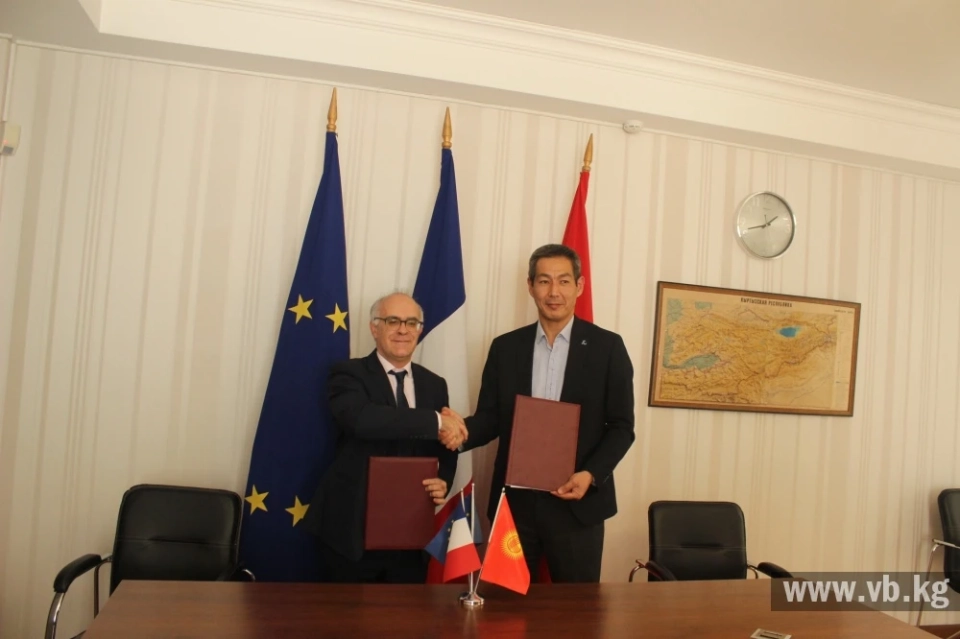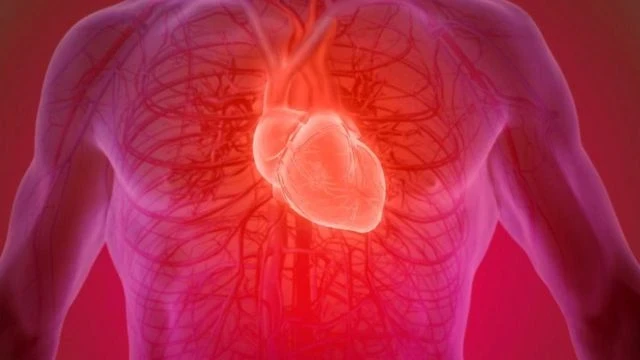Doctor of Medical Sciences Igor Pershukov expressed his opinion on the differences between coronary...
Myocardial infarction continues to be one of the leading causes of mortality worldwide, including...
Complex medicine requires not only theoretical knowledge but also many years of practical...

Musuraliyev Mekenjan Subanovich Doctor of Medical Sciences, Professor. Born in 1954. Graduated...

Abdramanov Kaldarbek Alisherovich (1955), Doctor of Medical Sciences (1996)...

Bebezov Hakim Sulaymanovich (1939), Doctor of Medical Sciences (1992), Professor (1994). Dungan....

Shaimbetov Bakyt Orozbekovich (1963), Doctor of Medical Sciences (1995), Professor (2000) Kyrgyz....

Adambekov Dokturbek Adambekovich Doctor of Medical Sciences, Professor, Honored Scientist of the...

Akmatov Bekbolot Akmatovich Doctor of Medical Sciences, Professor, Honored Doctor of the Kyrgyz...

Tukhvatshin Rustam Romanovich Doctor of Medical Sciences, Professor, Honored Worker of Health of...

Maralov Aspandiyar Nesipchoroievich (1938), Doctor of Medical Sciences (1981) Kazakh. Born in the...

Nasirov Vadim Ilyarovich Doctor of Medical Sciences, Professor, Full Member of the Polish Academy...

Brimkulov Nurlan Nurgazievich Doctor of Medical Sciences, Honored Health Worker of the USSR,...

Tangayev Igor Nikolaevich Doctor of Technical Sciences, Professor. Born in 1930. In 1953, he...

Tangayev Igor Alexandrovich (1930), Doctor of Technical Sciences (1989), Professor (1990) Russian....

Abdurakhmanov Hasan Ikramovich (1945-2002), Doctor of Medical Sciences (1993), Professor (1996)...

Dzhoshibaev Seikhan (1939), Doctor of Medical Sciences (1981), Professor (1994), Corresponding...

Dzhorobekov Abdylas Dzhorobekovich Doctor of Medical Sciences, Professor. Born in 1951. Graduated...

Mukashev Mukambet Sharipovich (1946), Doctor of Medical Sciences (1999), Professor (2001) Kyrgyz....

Abdyldaev Talaybek Tabyldievich (1962), Doctor of Medical Sciences (1997)...

Mikhail Isaakovich Kitaev Doctor of Medical Sciences, Professor, Honored Scientist of the Kyrgyz...
Professor Talantbek Batyraliev, Doctor of Medical Sciences and a full member of the American...

Usupbaev Akylbek Cholponkulovich Doctor of Medical Sciences, Professor. Born in 1956. Graduated...

Ashimov Isabek (1953), Doctor of Medical Sciences (1995) and Doctor of Philosophical Sciences...

Volskiy Miron Efimovich (1892-1958), Doctor of Medical Sciences (1939), Professor (1940)....

Kudaybergenova Indira Orozobayevna (1956), Doctor of Medical Sciences (1994), Professor (1997)...

Apasov Kubanychbek Tunguchbaevich (1950), Doctor of Medical Sciences (1994)...
Starting from October 30, 2025, the NCMD launched a charitable program to provide medical...

Moldotashov Ishenbay Kurmanovich Doctor of Medical Sciences, Professor, laureate of the State...

Chervinsky Anatoly Alexandrovich Doctor of Medical Sciences, Professor. Born in 1928. In 1950, he...

Osmonov Talgat Abdullayevich Doctor of Medical Sciences, Professor. Born in 1950. Graduated from...
The Mandatory Health Insurance Fund (MHIF), operating under the auspices of the Ministry of Health,...

Kerimova Natalia Ravilievna (1961), Doctor of Medical Sciences (1998), Professor (2002) Russian....

In the capital of Kyrgyzstan, Bishkek, an important event took place: a cooperation agreement was...

Akhunbaeva Nelli Isaevna (1937), Doctor of Medical Sciences (1972), Professor (1974) Kyrgyz. Born...

Finkel Elena Abramovna (1923), Doctor of Medical Sciences (1969), Professor (1972), Laureate of...

In Kyrgyzstan, a memorandum of cooperation was signed between the National Center for Cardiology...

Joshibaev Seithan Joshibaevich Doctor of Medical Sciences, Professor, Corresponding Member of the...

Chonbasheva Cholpon Keneshevna Doctor of Medical Sciences, distinguished health worker of the...

Bayzakov Usenbek (1930), Doctor of Medical Sciences (1988), Professor (1989). Kyrgyz. Born in the...

Osmonov Talgat Abdullayevich (1950), Doctor of Medical Sciences (2000) Kyrgyz. Born in Frunze....

Nasirov Vadim Amiarovich (1947), Doctor of Medical Sciences (1983), Professor (1987) Uzbek. Born...

Bebezov Hakim Sulaymanovich Doctor of Medical Sciences, Professor, Honored Doctor of the Kyrgyz...

Tsoi Vladimir Kapitonovich Candidate of Medical Sciences. Born in 1951. Graduated from...